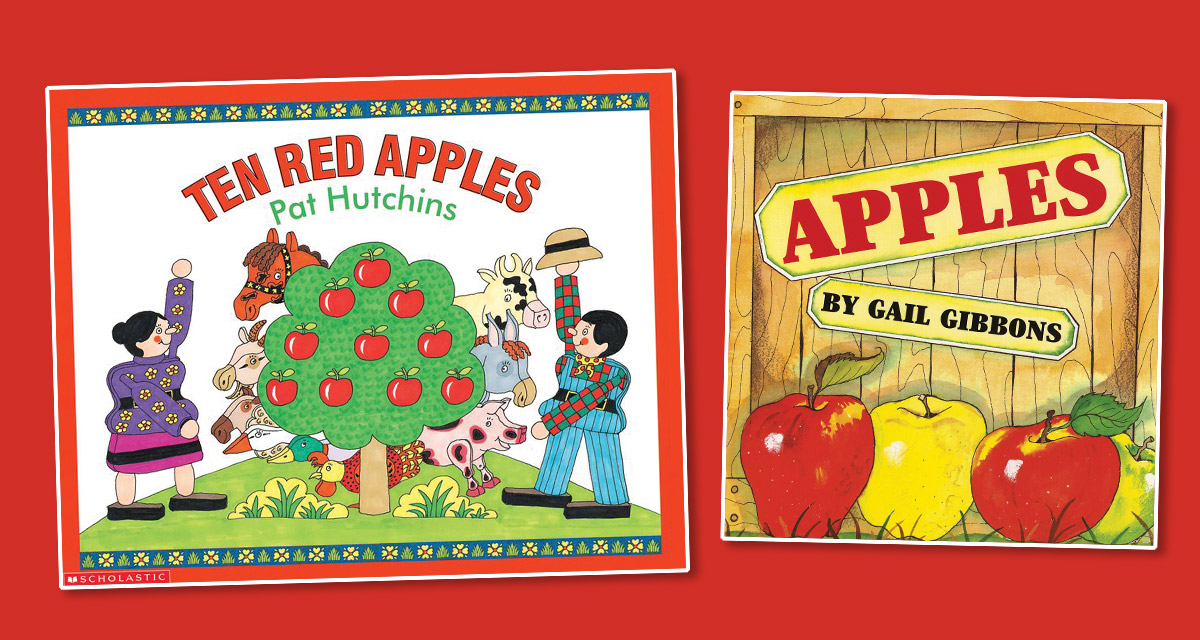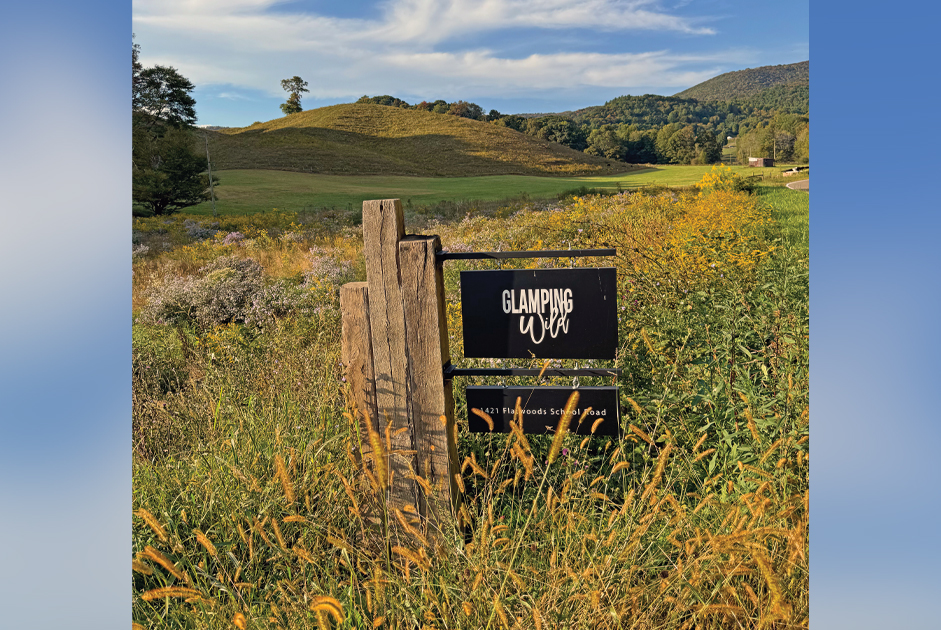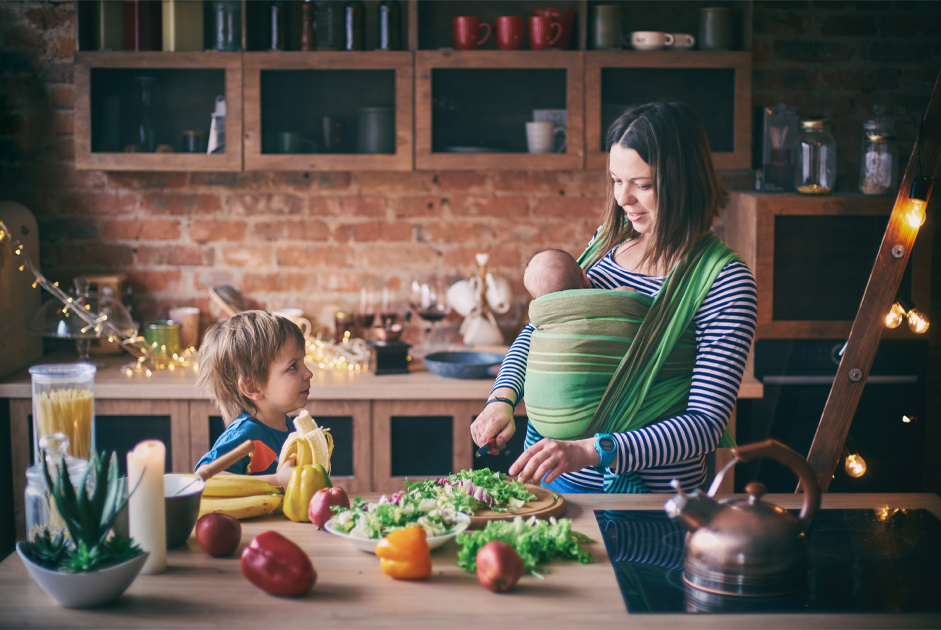Each month, I spotlight two books guaranteed to delight readers and provide fun activities to further extend the meaning of each reading experience. With so many wonderful titles available, this is no easy task! I bring a 35-year teaching career, literacy expertise, and a passion for creating joyful readers and writers to every column I write. I certainly hope you enjoy this month’s picks as much as I do.
“A” Is For Apple
Next to bananas, apples are the most-consumed fruit in the United States. Americans love their apples: raw, caramelized, stewed, candied, baked, grilled, pressed, sauced, dried, poached, smashed, glazed, pickled, sautéed, stuffed, and fried. This delicious fruit originated in Central Asia thousands of years ago. When the Pilgrims came to America in the 1600s, they brought seeds from over 70 varieties of apple trees in England. By the early 1800s, John Chapman (best known as folklore legend, Johnny Appleseed) had introduced apple trees to large parts of Canada and the American Midwest. Over 14,000 varieties of apples were planted in the U.S., and while there are far fewer varieties grown today (about 2500), America is second-largest apple producer in the world (China ranks first). Knowing just the right time to harvest apples is the key to best quality, taste, and longest shelf-life. In the Piedmont region of North Carolina, the apple harvest season runs from late August to late October. There is nothing like biting into a fresh apple right off the tree. If you have a few hours to spare, gather the family and head to one of the apple picking locations less than an hour from Forsyth County. A fun adventure awaits!
Hill’s Orchard & Vineyard
4554 Finch Farm Road
Trinity, NC 27370
Phone: (336) 475-7042
Millstone Creek Orchards
506 Parks Crossroad Church Road
Ramseur, NC 27316
Phone: (336) 824-5263
“If one man and a few apple seeds can change the world, then I can, too.”
APPLE SAYINGS
Quote: “You are the apple of my eye.”
Explanation: One’s favorite person; the one you love most.
Quote: “One bad apple spoils the whole bunch.”
Explanation: The negative influence of one in a group could prove to be the undoing of the entire group that would otherwise (without the negative influence) remain good.
Quote: “Don’t upset the apple cart.”
Explanation: Take care not to ruin carefully laid plans.
Quote: “As American as apple pie.”
Explanation: Something is very typically American.
Quote: “Rotten to the core.”
Explanation: To behave in a way that is not honest or moral.
Ten Red Apples
Pat Hutchins, beloved author, and illustrator of over 40 books, never disappoints! In this highly engaging predictable text, readers can quickly chime in and follow along with the repetitive phrases, numbers, and familiar farm animal noises. As a succession of animals takes apples from the tree, there is no fruit left for the farmer’s wife to bake a pie. The farmer saves the day when he spies another tree off in the distance laden with juicy red apples ready for picking. A lesson in sharing, thinking of others, and problem-solving is highlighted in this cute circular storyline. Hutchins’s trademark gouache paintings of hinged wooden figures—including the familiar farming couple from Changes, Changesand Rosie the hen from Rosie’s Walk—are the perfect accompaniment to this delightful tale.
Ten red apples hanging on a tree. Yippee, fiddle-dee-fee!…. Save some for me!
Apples
No K-2 home or school library is complete without at least one book by prolific author and illustrator, Gail Gibbons. She has single-handedly taught children more about the world than any other picture book writer. While the (over 50) book titles are simplistic, the content is not. Gibbons anticipates questions young readers have; producing texts that are extremely informative and at the same time, highly understandable. In Apples, she shares the process from blossom to pollination to picking and provides plentiful tips on how to plant and take care of apple trees. She also discusses different varieties of apples, their various parts, the legend of Johnny Appleseed, and even directions for making an apple pie. The non-fiction information about all things apples and the beautiful illustrations are a winning combination.
Each year about 250 million bushels of apples are grown in the United States—the most popular apple is the Red Delicious, which originated on a farm in Iowa in 1881.
EXTENSION ACTIVITIES
Growing an Apple Story
In Ten Red Apples, Hutchins uses a different verb to describe how each animal eats the apple picked from the tree (e.g., horse chomps and goat gulps). Expand your vocabulary and grow the story by coming up with as many different verbs (action words) as you can to describe how each farm animal can move. Then, select one of those verbs for every animal and replace the word “came” on each page and reread the story. For example, “Horse pranced and ate one, chomp, chomp, chomp.”
- Horse
- Cow
- Donkey
- Goat
- Pig
- Sheep
- Goose
- Duck
- Hen
Easy as (Apple) Pie
Likely, you have enjoyed a delicious piece of apple pie, but have you ever made one? Solicit help from an adult and follow these five easy directions to make an all-American treat. Serve your family or friends a slice of warm apple pie (with a scoop of vanilla ice-cream on top, if desired). Psst…be sure to save a piece for yourself!
Ingredients:
6-8 apples (Granny Smith and Jonathans work well)
2 frozen pie crusts, thawed
½ cup brown sugar
¼ tsp. salt
½ tsp. cinnamon
¼ tsp. nutmeg
Vanilla ice cream (optional)
Directions:
- Peel and slice apples (remove the cores) and put the slices into one thawed pie crust (leave crust in pan).
- Mix all dry ingredients together and sprinkle over the apples.
- Take other thawed pie crust out of pan and drape it over apple-filled bottom pie crust.
- Pinch down the edges to seal and remove any extra dough. Poke small holes (use a fork) into the top.
- Bake for 50 minutes at 425°F
*recipe from Apples,by Gail Gibbons
Apple Print Animal Art
Apple printmaking is fun! Use corn cob holders to make the apple halves easier to handle when dipping them into the paint. Necessary supplies are few: paint in any/every color you wish to use (tempera or finger paint), white paper, apples cut in half (ask an adult to cut the apple from top to bottom or side to side), a black (washable) marker, and wiggly eyes (or black round stickers or construction paper circles). Once the apple prints dry, add wiggly eyes and draw details with the black marker to complete the animal art: insect, bird, reptile, fish, mammal, or imaginary creature.




















